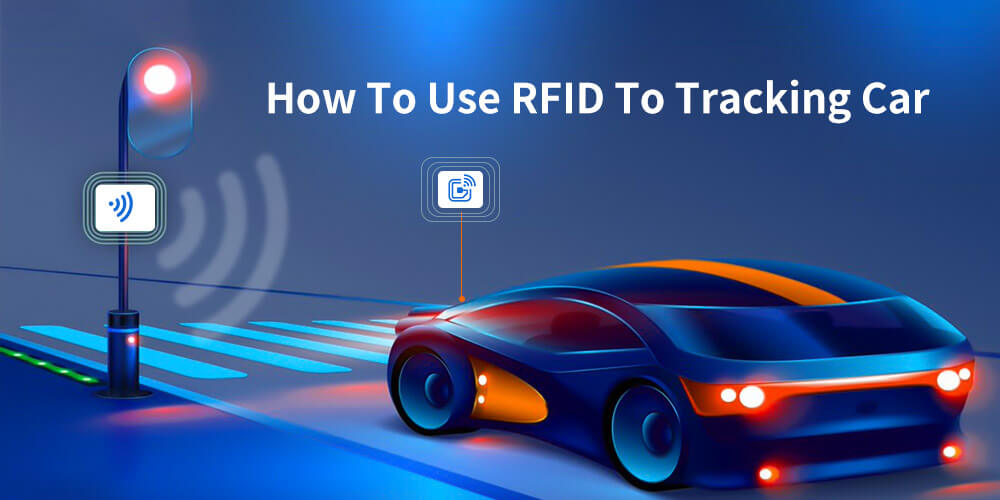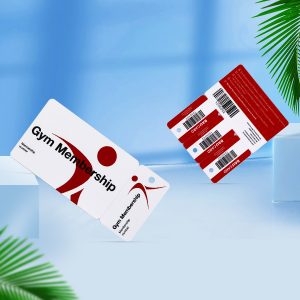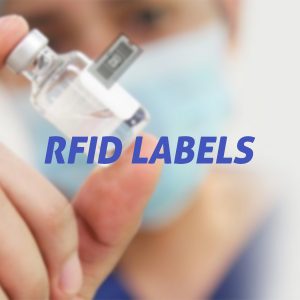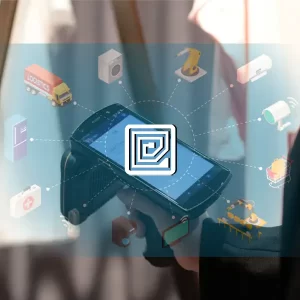
Compared with some other applications, vehicles are made of metal and glass, can be moved, and require more RFID tags and equipment installation plans. Before starting the setup method, we must first address the three main reasons for using RFID to track vehicles.
Why use RFID on vehicles?
The three most common reasons for using RFID in vehicles are access control, vehicle identification, and vehicle tracking.
Access control-The ability to allow or deny access based on vehicles with specific RFID tags is a valuable way to provide enhanced security for buildings or parking lots. These systems can prevent unauthorized vehicles from entering, otherwise taking up space and preventing individuals from entering safe facilities or venues. Thousands of RFID vehicle access control applications can be used in apartments/residential areas, secure parking lots, construction workshops, etc.
Vehicle identification – The ability to identify vehicles by reading their RFID tags and access their information is a useful measure for car rental companies, car dealerships, and even car wash facilities. These companies only need to read the car’s unique RFID tags to retrieve car records or purchases by adding software. Rental companies and dealers may have several almost identical cars in the same batch, so unique RFID tags can provide them with vehicle identification information without trying to find and compare multiple VINs. Car washes (and other companies that use car services as a business model) can use RFID to uniquely identify cars, thereby improving loyalty programs and automating transactions. Also, states and regions use RFID systems to automatically collect tolls and make traffic smoother for participating in the program.
Vehicle tracking-Tracking a vehicle, when it travels hundreds or thousands of miles, is not a function of UHF RFID; however, if checkpoints are set along the route, the vehicle’s location can be estimated based on the time it takes for the car to pass through each vehicle. This work was carried out at large truck weighing stations on major interstate highways across the country. When considering an 18-wheeler, its RFID tag will be read for precise positioning, and it can also be used to record travel. For companies or individuals who are interested in tracking vehicles in real-time and do not need to build expensive infrastructure, vehicle GPS tags are a better solution.
Operation Method: Tag the vehicle
Using RFID tags made specifically for vehicle tracking can quickly narrow the range of available options. The next step is to determine the location of the tag on the vehicle. This will depend on where the device is installed and the angle at which the tag gets the best read rate. Below are the three most common vehicle tags (grouped by placement) and some information about each type.
RFID windshield tags- The characteristic of windshield tags is that they can be adhered to the vehicle’s windshield with a permanent (destroyed when removed) or semi-permanent adhesive. This type of label has been adjusted to be most suitable for use on glass and placed on the upper right or left side of the inside of the windshield. These tags usually have a reading range of about 20 feet under ideal conditions, and it is best to read on the side closest to the tag above the device or when the antenna is at a certain angle to the vehicle.
RFID hang tags-rearview mirror tags-hang tags (also called rearview mirror tags) are unique because they do not stick to or come into contact with the vehicle. Instead, they are hung on the rearview mirror of the car. This tag’s main benefit is that it is not as permanent as the other two options and can be deleted and stored when not in use. Under ideal conditions, these tags can read up to 20 feet from the top of the device or tilted antenna to either side of the vehicle.
RFID license plate tags-license plate tags are more common in longer-distance applications because they have a maximum read distance of 50 feet under ideal conditions. These tags are affixed or installed on the license plate at the rear of the vehicle and can be read when the car is away from the RFID device instead of driving towards the RFID device. This directivity will affect the application settings because when the tag passes the device, the antenna must be at an angle to the vehicle to read the tag.
Operation method: install the reader
Due to differences in application types, environments, label types, etc., this part will be the most common. For most vehicle tracking applications, two device settings are recommended: the truss setting above the vehicle or the side panel setting on the right orleft side of the car, depending on the tag’s location.
Truss setup-Many car wash, toll apps, and vehicle tracking apps use device setup overhead to read tags on the front or back of the car, depending on the antenna’s tilt angle. The panel antenna can be mounted on a truss and can be towards or away from the passing vehicle. The antenna tilted toward the entering car can read RFID windshield or hanging tags, while the antenna listed away from the entering vehicle can read RFID license plate tags.
Side panel settings (left and/or right)-very suitable for access control applications and car dealers; the antenna is installed on a pole or on the structure on both sides of the vehicle, which can read the windshield or hanging tags well. The arrangement can also be directed away from the incoming vehicle to read the license plate tag, or multiple antennas can be installed and tilted in different directions. If the device is installed correctly, installing an antenna on the column on the left or right side of the vehicle will provide consistent readings for the app.
Testing-Using different tags, antennas, antenna angles, and reader transmit power to test these settings is ideal for finding the best fit for each environment. For more information on the various factors that affect the read range, please refer to the blog post 6 Factors that affect the read range of RFID.
Common problem
How fast can a tagged vehicle pass through the RFID device and be read? This depends on the type of application, the environment, and the type of RFID device used. According to reports, toll applications can read cars at speeds exceeding 60 mph. For more information on high-speed applications, check out our blog post RFID in Motion: High-speed applications.
What is the typical reading range of RFID vehicle tracking? Tagging with RFID windshield tags and hanging tags usually achieves an average reading range of 10 to 20 feet, but this range depends largely on the tag selected. Because license plate tags are generally larger than the windshield or hanging tags, they can read from 10 to 50 feet, depending on the tag.
Some applications may require a shorter read range to reduce stray reads from other vehicles in the area. For applications such as access control and vehicle identification, too large a read range may be harmful because other cars may open the doors of unauthorized vehicles or may identify the wrong vehicle. Select a tag with an average reading range and then adjust the reader’s transmit power to obtain a reasonably structured reading area. If my application is outdoors, what do I need to consider? Since most vehicle tracking applications will be outdoors, IP68 or IP69 ratings for readers and antennas are necessary. If the reader is not suitable for outdoor use (rarely), it can be protected with a weatherproof enclosure.






